Marking Tools [sumikake-dougu]
Sumikake-dogu
Sumikake-dogu
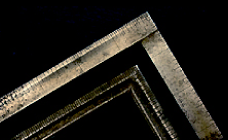
It is written as kushaku and read as sashigane, kanejaku, magarigane, etc. A tool engraved with an L-shaped right angle Ruler, The long side of the L-shaped is called the long side (long branch), and the short side is called the wife's hand (short branch). When the long hand is vertically, the state where the wife's hand is on the right side is called the back. The table is engraved with a normal scale (front scale), and the back is engraved with a √2-fold scale (square scale) and a round scale divided by a circular circumference.
In addition, although it is not used for practical use, some scales that are divided into eight equal parts of one shaku and two suns are engraved with the words "Good, disease, separation, righteousness, government, ego, harm, and good" (monshaku, Rodanshaku).
The kushaku is a tool used to measure the length and angle of objects using these scales and shapes, and to ink on members. It is said that it was treated with respect because it was an indispensable tool for carpenters to work, and if he could step on the field, he was immediately yelled.
In the past, it was made of iron and brass, but stainless steel appeared in the early Showa era. In some brass, triangular steel is attached to the right angle to prevent straight angles from going crazy (with square iron).
The width of the curved length is usually 5 minutes (15 mm) and the thickness is about 6 rin (2 mm), which is elastic in the longitudinal direction. The scale is basically on the verge, and due to the enforcement of the metric system, it was temporarily forced to become centimeters, but due to the easing of the application of the law, the shakushakushakushakushakushakushakushakushakushakushakushakushakushakushakushakushakushakushakushakushakushakushakushakushakushakushakushakushakushakushakushakushakushakushakushakushakushakushakushakushakushakushakushakushakushakushakushakushakushakushakushakushakushakushakushakushakushakushakushakushakushakushakushakushakushakushakushakushakushakushakushakushakushakushakushakushakushakusha
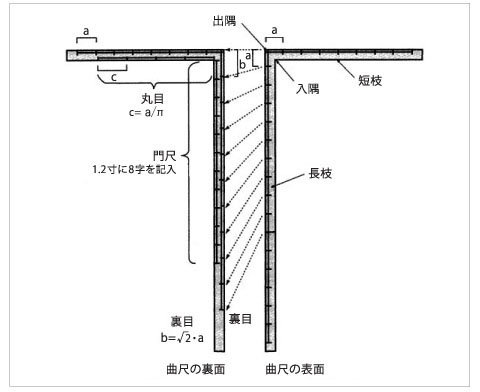
The names of each part of the kushaku
It is slightly shorter than the kushaku and thicker. Some of them have the same scale as the song scale, and are mainly used to check right angles. There are iron, maspear, stainless steel, etc.
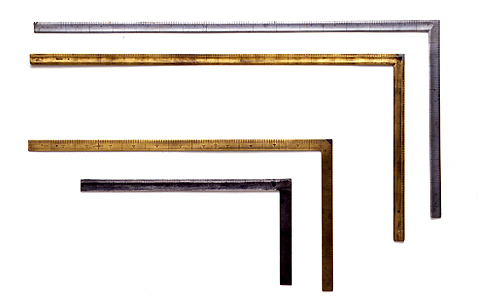
The upper two points, the lower two points, the lower two points, the lower one.
At the upper end of the slightly thicker wife's hand, one end of the long hand is missing and glued so as to make a right angle, and it is stopped with wood or bamboo nails. It is mainly used to check the right angle of small items. There are wooden and metal, and there are some combinations of different materials between wife hand and long hand.
Wife hands and long hands are stopped with screws so that the angle can be adjusted. Used when drawing a line of the required angle or transferring a given angle to one side. There are wooden and metal, and there are some combinations of different materials between wife hand and long hand. When folded into two, there is a thing where a long hand can be folded in the wife's hand, and in this case the tip of the long hand is cut to 45 degrees.
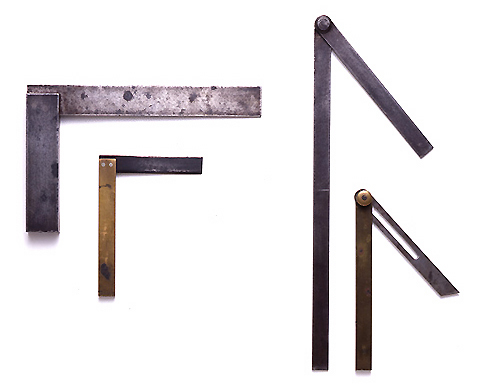
2 points from the left and 2 points from freedom
It is mainly used to check the correctness of the plane. In particular, it is an indispensable Ruler to check the accuracy of the lower end of the plane stand. Because of this Ruler's use, it is necessary for the small end to always keep perfect level. Therefore, it is possible to easily and accurately check the surface of the Ruler by using two boards as a set, rubbing both small ends with each other and watermarking the ray. The two pieces can be superimposed by Dabo and removed. It seems that the material often uses straight-grained cypress, which has little crazy.
In the form of one side of Ruler, the usage is the same as Ruler.
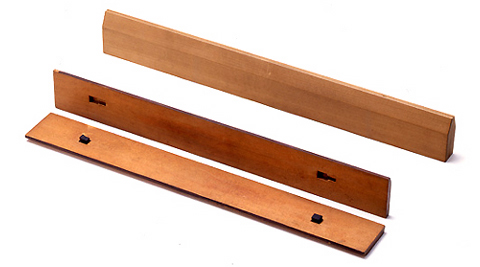
Total Ruler 2 points
The fastening ruler is a thin applied tree attached to one side of a diamond-shaped board that is sloping to 45 degrees so that the cross section becomes T-shaped. Used to cut the member to that angle by drawing a line at 45 degrees angle or applying a saw directly. The box type Ruler is a two rectangular plate mounted at right angles, and the usage is the same as the fastening ruler, although the angle is different. A combination of right angles and 45 degrees is called a box retaining ruler. Kiguchi Ruler is similar to these Ruler and is used when finishing Kiguchi along a chisel. In addition, there is a shaving table as a Ruler used when applying planes.
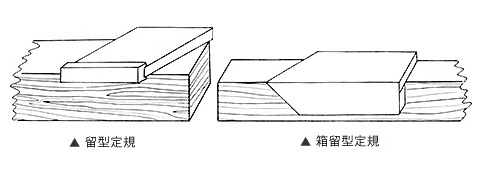
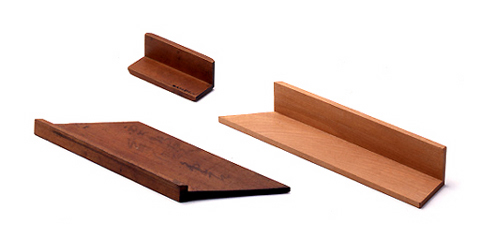
From left, fastening ruler, box-shaped Ruler, box-shaped ruler
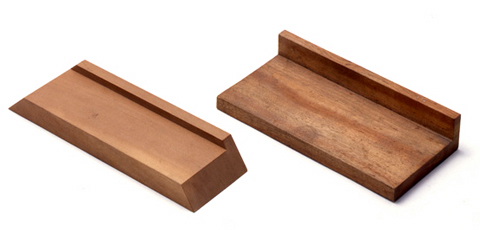
From left to right, Ruler Kiguchi (stay type), Ruler Kiguchi (box type)
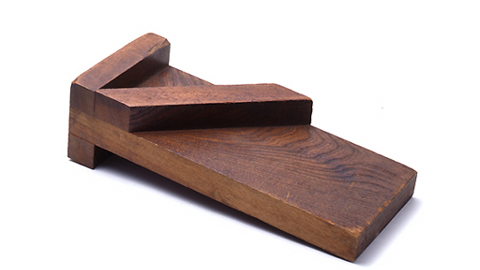
Cutting table
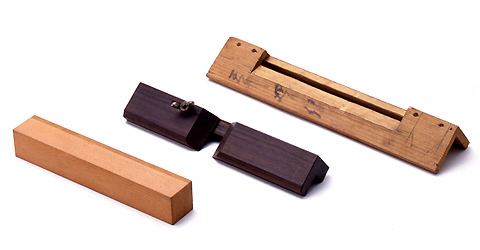
Ate Ruler from left, 2 chamfered Ruler
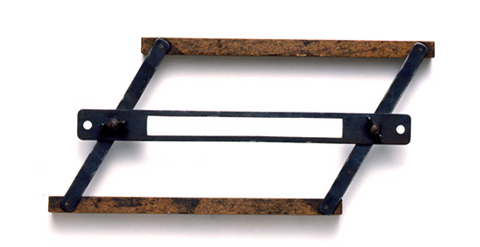
Hozo hole Ruler
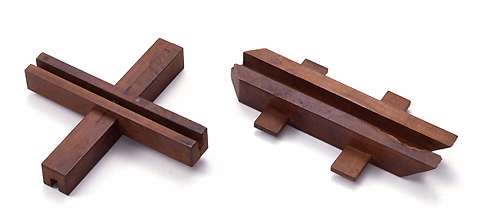
From left, Kumite retaining ruler, self-resident type Ruler
Basic information
Special Exhibition
Permanent exhibition